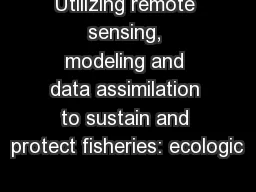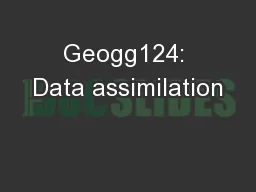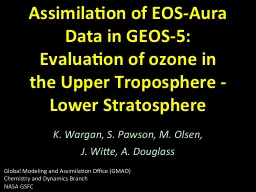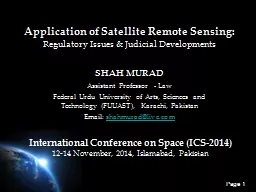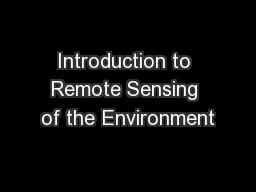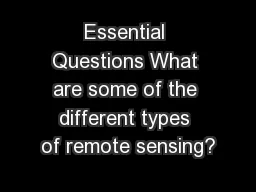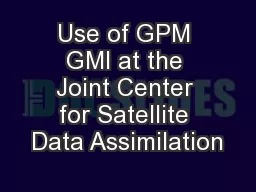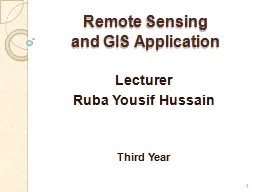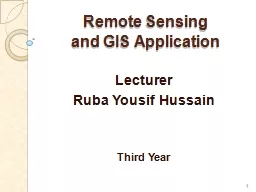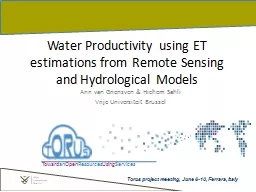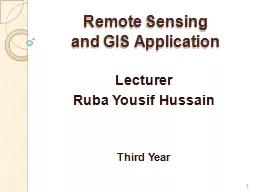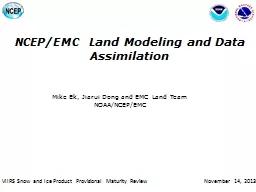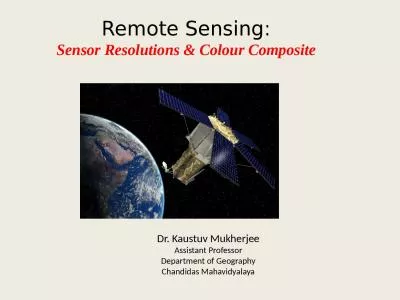PPT-Utilizing remote sensing, modeling and data assimilation to sustain and protect fisheries:
Author : tatyana-admore | Published Date : 2018-10-29
Francisco Chavez M Messie Monterey Bay Aquarium Research Institute F Chai U of Maine Y Chao NASAJPL David Foley NOAANMFS R Guevara M Niquen IMARPE and RT Barber
Presentation Embed Code
Download Presentation
Download Presentation The PPT/PDF document "Utilizing remote sensing, modeling and d..." is the property of its rightful owner. Permission is granted to download and print the materials on this website for personal, non-commercial use only, and to display it on your personal computer provided you do not modify the materials and that you retain all copyright notices contained in the materials. By downloading content from our website, you accept the terms of this agreement.
Utilizing remote sensing, modeling and data assimilation to sustain and protect fisheries:: Transcript
Download Rules Of Document
"Utilizing remote sensing, modeling and data assimilation to sustain and protect fisheries:"The content belongs to its owner. You may download and print it for personal use, without modification, and keep all copyright notices. By downloading, you agree to these terms.
Related Documents

